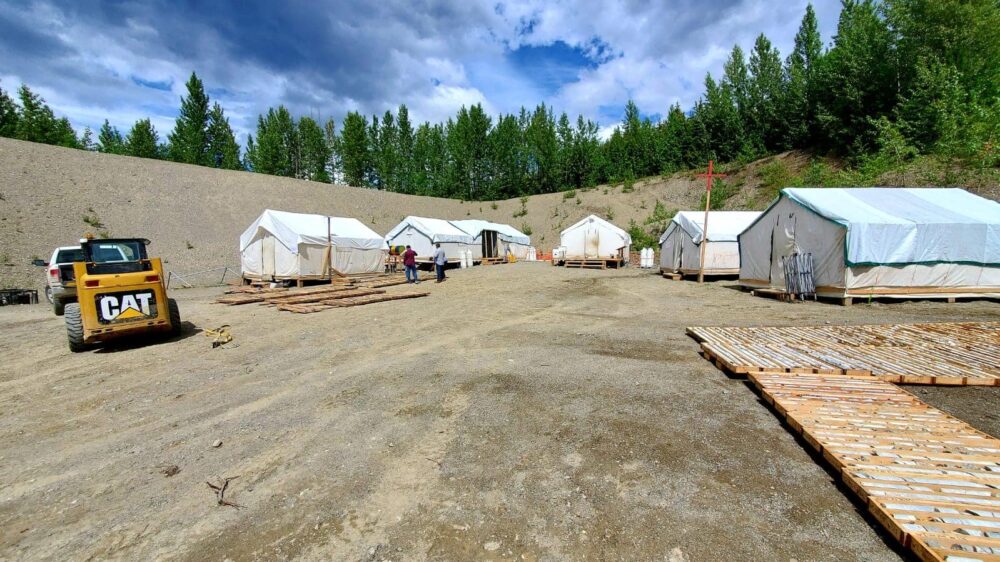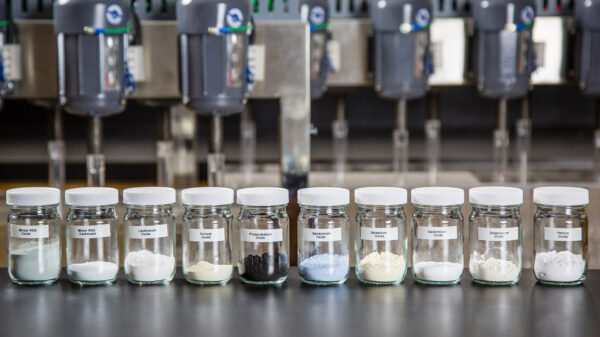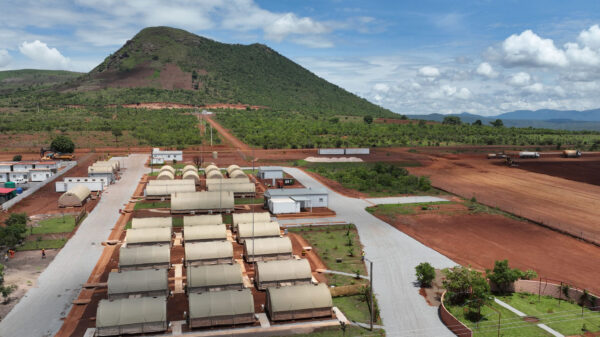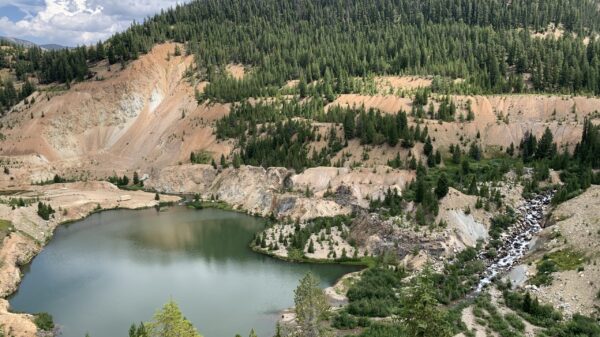Defense Metals Corp. (TSXV: DEFN) (OTCQB: DFMTF) (FSE:35D) recent radiometric geophysical survey over its Wicheeda rare earth element (REE) deposit in British Columbia found new anomalies that could represent unknown REE exploration options.
Announced on Wednesday, the results reveal REE deposits in an area previously unknown to the company, but within the pit shells where presently being mined, as mentioned in the company’s 2021 preliminary economic assessment (PEA).
Defense Metals has been busy conducting core drilling and studying the surface geology as part of its ongoing preliminary feasibility study (PFS). This work has helped the company get a better picture of where it can find REE on the surface.
As part of the study, the company discovered two previously unknown readings indicating the presence of REE. These readings were approximately 40 meters wide and stretched about 250 meters northwest from the main part of the Wicheeda REE deposit.
When Defense Metals checked these spots on the ground, it found that they were completely covered by surface materials, especially on the western side of the Wicheeda deposit, which is at a lower elevation.
“The radiometric surveys were initially designed to assist our geologic mapping teams and it came as a surprise when we identified new anomalies under cover having a similar geophysical expression to known drilled and outcropping rare earth mineralization,” said Kristopher Raffle, director of Defense Metals.
“After reviewing the geophysical data in the context of our updated Wicheeda 3D geological model we recognized the potential for undiscovered near-surface, east-dipping carbonatite bodies. We look forward to drill testing these anomalies.”
Read more: Defense Metals finishes Phase I of hydrometallurgical pilot plant
Read more: Defense Metals new hydrometallurgical plant aims for rare earth metal production at scale
Defense Metals drilled several exploratory holes to understand the anomaly
Defense Metals owns and operates the Wicheeda Rare Earth Project, situated in northern British Columbia, Canada approximately 80 kilometers from Prince George, BC. The project has garnered attention due to its potential as a significant source of REEs, which are crucial for various high-tech applications, including renewable energy technologies and electronics.
The project has undergone extensive exploration and drilling activities, uncovering promising REE mineralization within the region. As global demand for REEs continues to rise, the Wicheeda project holds the promise of contributing to a more secure and sustainable supply chain for these critical elements.
Defense Metals drilled several holes above the recently discovered eastern anomaly to get a better understanding of the underground area, which is located in the southern half of the site and extends more than 150 meters below the surface.
These holes showed the anomaly source isn’t slanting steeply to the east with hole WI21-39 showing a section of carbonatite approximately 69 meters below the surface, and containing 2.91 per cent total rare earth oxide (TREO) over a 45-meter length. This discovery is thought to be the continuation of the eastern anomaly deeper underground.
The eastern anomaly and the entire western anomaly have not been explored much with core drilling yet and the company intends on investigating the western anomaly in the fall of 2023 as part of a larger drilling project. Defense intends to drill 915 meters in four holes for pit stability assessment, and might do more drilling if the initial results are promising.
Defense Metals shares dipped 2.6 per cent to $0.19 on Wednesday on the TSX Venture Exchange.
Follow Joseph Morton on Twitter
joseph@mugglehead.com














